Continued Success Beyond Ithaca College
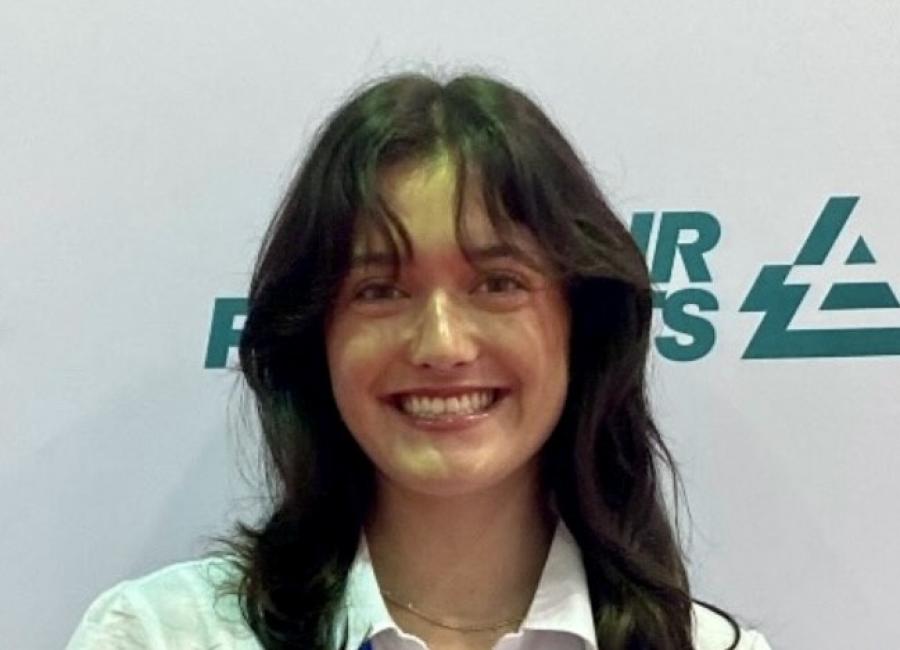
Izzy is a senior biomedical engineering major at Wentworth Institute of Technology, finishing up her last year of the 3-2 physics-engineering program. In my time at Wentworth, I have been able to learn more about the intersection of engineering and healthcare. In Fall 2025, Izzy completed a co-op at Massachusetts General Hospital and Harvard Medical School as an Undergraduate Research Fellow in Radiation Biophysics. At this co-op Izzy helped refine an algorithm that automatically quantifies microscopy images determining DNA damage induced by radiation. Currently, she is volunteering at Brigham and Women’s Hospital helping with patient transport, biomaterial and specimen transport, and other clinical duties.
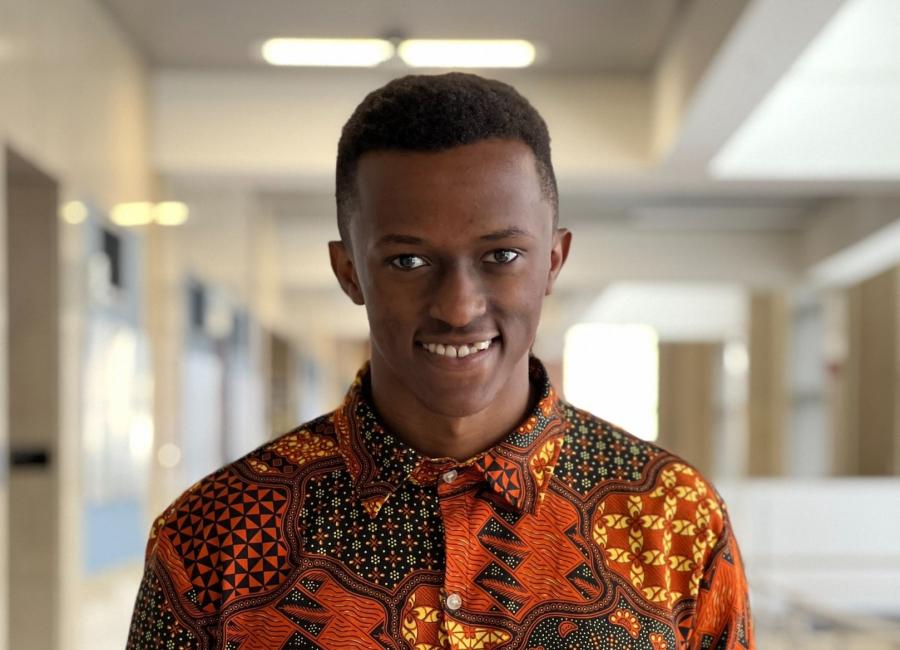
Since graduating in 2023, Ted Mburu (Applied Physics) has been pursuing research in Engineering Education. He began as a research assistant at Cornell University, where his work on AI-driven survey question generation resulted in a paper. Ted is currently pursuing a PhD in Engineering Education at the University of Colorado Boulder, with plans to complete a master’s degree in computer science along the way. Under the guidance of his advisor, Dr. Noah Finkelstein, Ted has been developing AI tools to accompany a graduate-level textbook on the NEWFOS project on topological acoustics. Beyond his research, he is actively involved in a program at CU Boulder that connects graduate students with local high school students working on STEM projects.
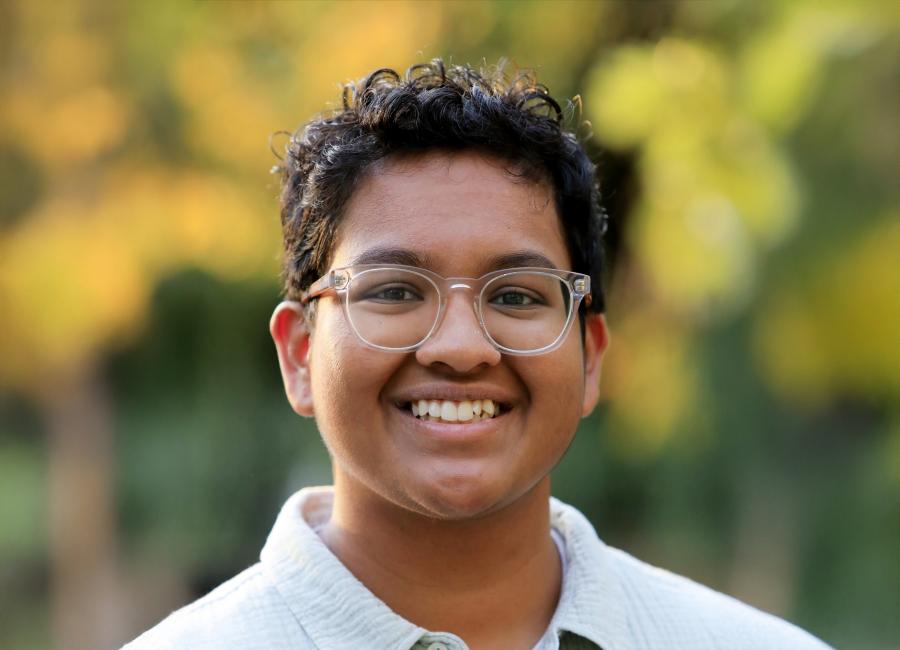
Since graduating in 2022, Antara has joined the Olvera de la Cruz group at Northwestern University as a graduate student. Their research in computational biophysics focuses on studying elastic and lipid membranes using simulations at various length scales. By harnessing the power of electrostatics and elasticity, Antara is designing dynamic membranes which can be used to encapsulate, transport and selectively release cargo in response to specific stimuli. Beyond research, Antara enjoys the community at graduate school and the weather and life in Chicago.

After graduating from Ithaca College in 2022, Chris entered the world of software development at Salesforce as an associate technical consultant in Washington DC. Since starting his employment, Chris has had the opportunity to work with a variety of Salesforce clients doing full stack web development, touching every part of the development lifecycle from gathering requirements and solution design, to production deployments and maintenance. Each new client and project brings new challenges and experiences that he can learn from. Outside of work, Chris is also pursuing a graduate certificate in cybersecurity from the University of Maryland, which he is planning on completing in 2026.
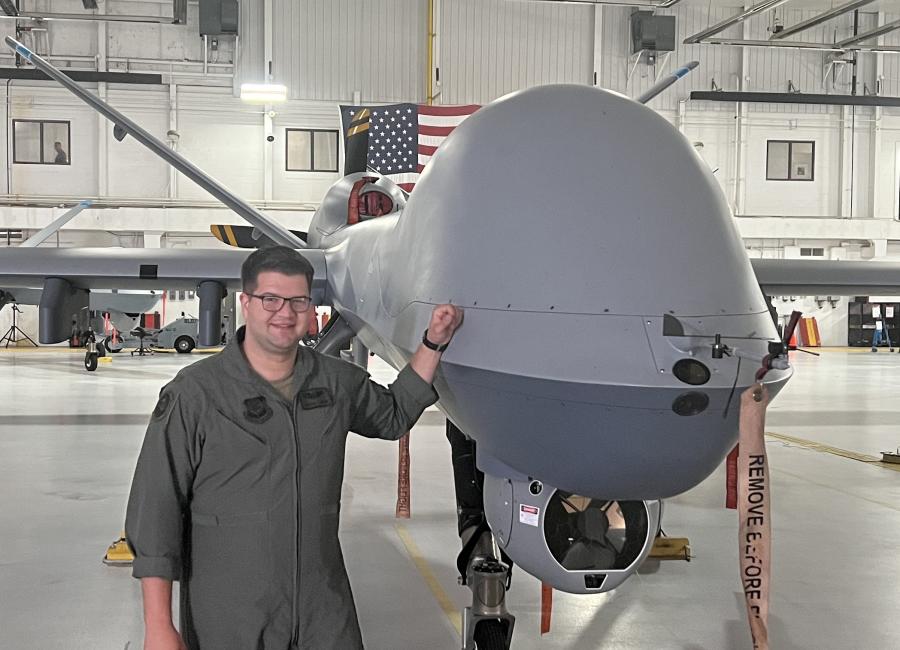
Ray is currently an active-duty United States Air Force Captain stationed at Cannon Air Force Base in Clovis, New Mexico. He has been serving there for just over four years and received his Remote Pilot Aircraft Wings in March 2022. He has logged over 1,000 flight hours and provides intelligence, surveillance, and reconnaissance to the larger force as well as armed overwatch to ground troops daily.

Stavrini Tsangari, (3-2 Engineering), writes to us from her lab at Cornell University where she is pursuing a B.S. in Applied and Engineering Physics. She says it has been very exciting to learn how light interacts with different materials, as she uses spectroscopic tools to expose the finer structure of these materials. As a current reseacher in Dr. Andrew Musser’s light-matter interactions group at Cornell, she is investigating the underlying processes and properties in different Photoluminescent Metal Organic Frameworks (MOFs) using photoluminescence spectroscopy, while creating software tools needed for data analysis. While she looks ahead to graduating in May 2021, Stavrini is also applying to graduate schools where she can continue her studies in atomic, molecular and optical physics (AMO).
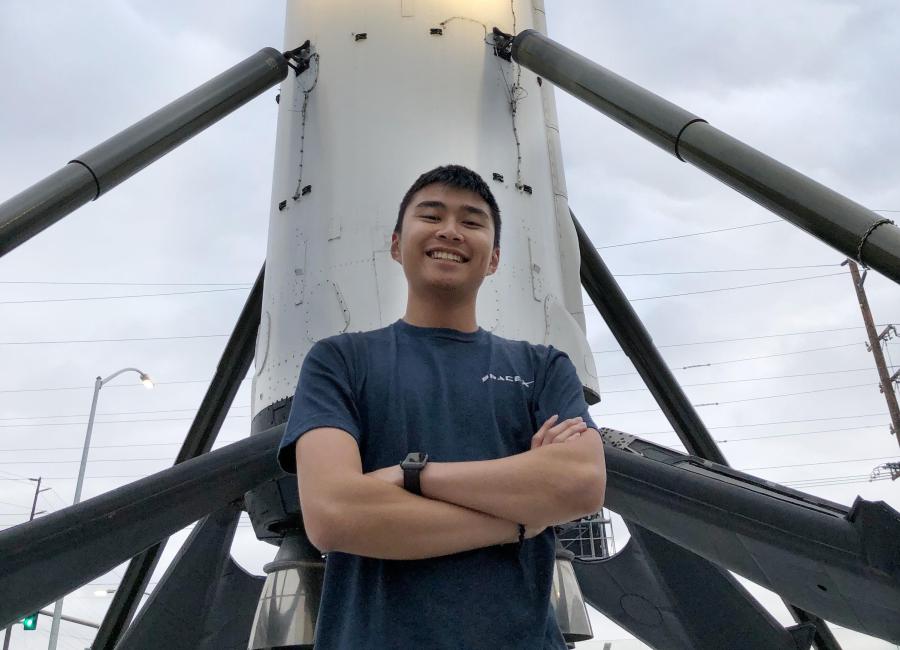
After 3 years at Ithaca College as a Physics 3-2 Engineering major Alex went to Rensselaer Polytechnic Institute (RPI), where he joined the Formula SAE team and completed 2 years in Mechanical Engineering. In Summer 2019 he landed an internship in composite manufacturing at SpaceX working on Dragon 2. In 2020 Alex got a second internship at SpaceX working as an Associate Engineer working on developing manufacturing processes for the Dragon 2 Capsules heatshield. In 2021 Alex went back to RPI to earn his MBA and accepted a summer internship at Lockheed Martin in Syracuse, NY working on a new manufacturing process for an Army radar program. In Fall 2021, Alex accepted a full-time position with Lockheed Martin in Syracuse as a Manufacturing Engineering Associate.

Since graduating from Ithaca College Physics, class of 2019, Jake has landed a full-time position as a Computer Architect (more specifically, Performance Architect) at Nvidia in Portland Oregon. Before that, Jake obtained his Master’s in Electrical and Computer Engineering at Cornell University, where he concentrated on computer architecture and related subfields. While he was still a student at Cornell, Jake interned for a semester with Nvidia. Now, at his permanent position with Nvidia, Jake is responsible for maintaining his development team's CPU performance simulator, specifically the units related to the front end of the machine (instruction fetch, branch prediction, etc.). Jake also runs simulations and investigations to test out new microarchitecture ideas.
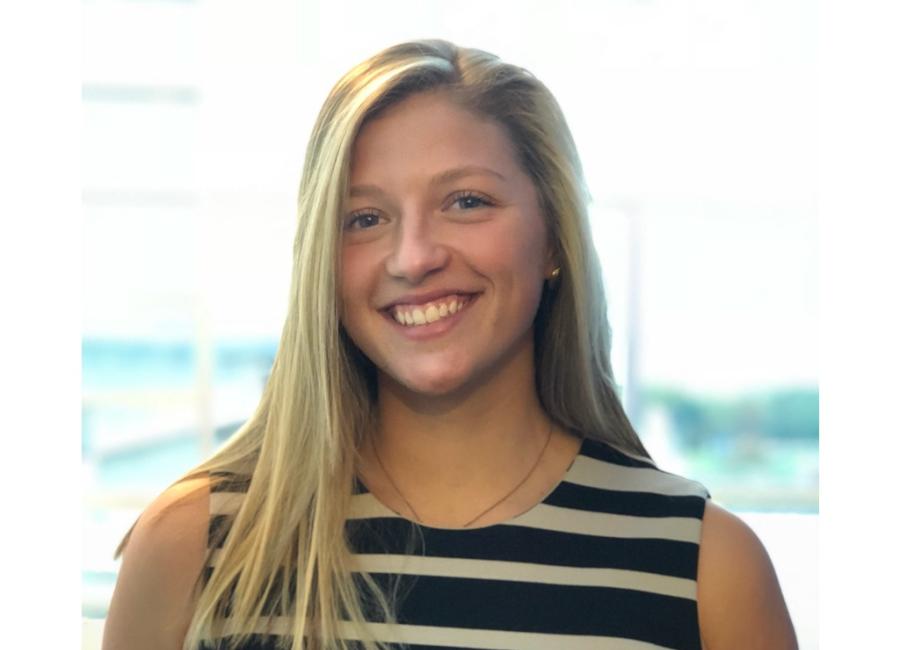
Annie is currently in her last semester at Hofstra University, where she is obtaining her M.S. in medical physics. She loves her studies and is very excited to pursue a career in her field. Annie works as a physics lab instructor for the undergraduate students at Hofstra. She is a quality assurance (QA) technician at Northwell Health, and is participating in a clinical research project involving combined modality prostate cancer radiation treatments. She will be moving to Nashville, TN soon - to begin her residency at Vanderbilt University Medical Center.

Since graduation Valerie has started a position as a Research & Development Associate at Swift Solar, a start up in the San Francisco Bay Area. Valerie has always been passionate about solving environmental problems and her physics background prepared her well to get into the field of Photo Voltaics. Swift Solar makes ultra-lightweight flexible perovskite solar cells, and Valerie works on the product team, doing research focused on efficiently turning single solar cells into connecting modules and encapsulating those modules for protection from the elements. Valerie enjoys living in the Bay Area as there are many options for a nature-lover like her. She says there’s always something to do, from hiking to rock climbing to surfing, and she’s met a lot of interesting people already.

Matt Bellardini (class of 2017), is pursuing a PhD in astrophysics at the University of California at Davis. He is working in Dr. Andrew Wetzel's research group doing theoretical/computational astrophysics. He studies galactic archaeology within the disks of Milky Way-mass galaxies. Galactic archaeology is essentially translating present-day observations of galaxies into an understanding of their formation history. His PhD doctoral dissertation project is focused on constraining chemical tagging, which is a technique used to identify the birth locations of stars based on their present-day characteristics.
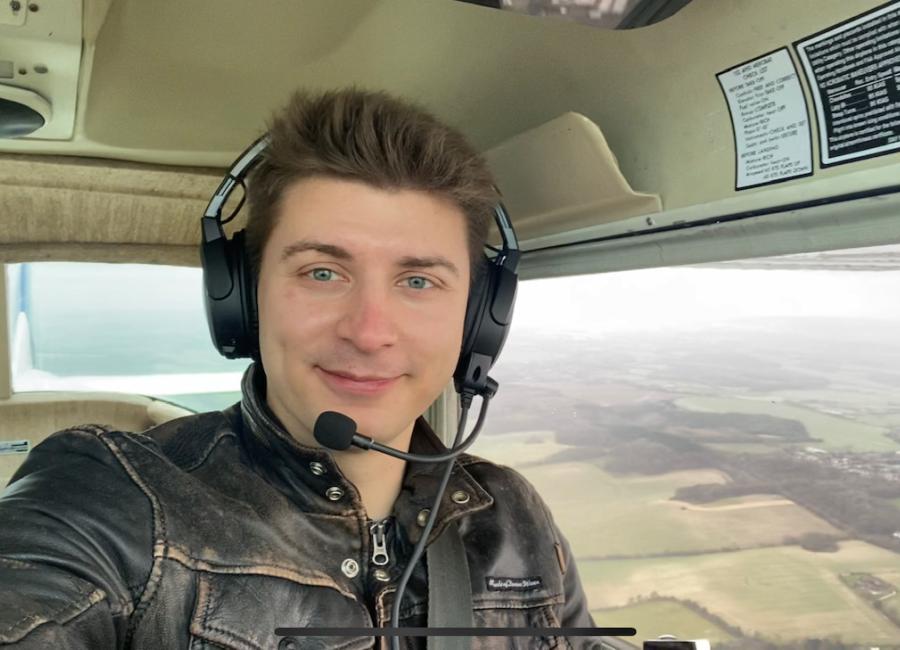
Marcell wrote to us in March 2022 saying: “I’ve been quite busy lately as we've recently launched a new Amazon site in the UK and I was part of the launch team :). After completing my Master's at Cornell, I joined Amazon's Pathways Operations Management program and moved to Leipzig, Germany. Since then, I've relocated again, moving to London in 2021 to launch a new robotics site. As for hobbies and things I do outside of work these days - I've started to play Squash and Golf and am currently taking flight lessons as I'm working towards getting my Private Pilot License. I’m glad to hear the Physics department at IC has gained some new faculty members, I should definitely come and visit again sometime – it has been a while since I've been to Ithaca!”
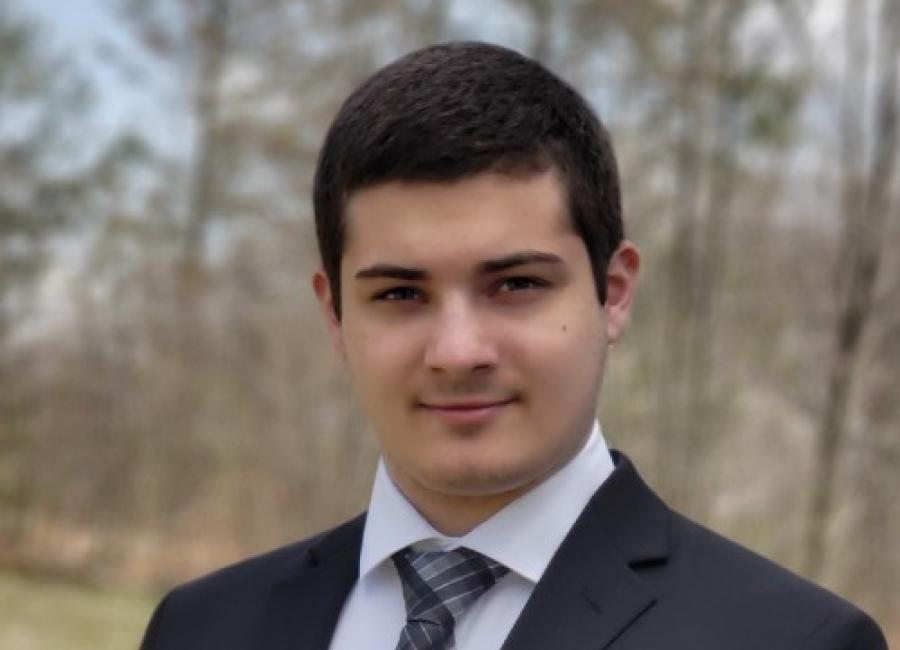
Currently, Ryan is a Junior Project Manager at The Toner Plastics Group in Monson, Massachusetts. He manages the laboratory for 3D printing and materials testing, and supervises engineering interns. He has also been accepted into Western New England University's M.S. in Mechanical Engineering program, with aspirations of working in research and development.
He has also been involved in a number of charitable programs, including the Western Massachusetts 3D Printing Collaborative (to produce PPE for frontline healthcare workers), as well as the local Springfield Museum.
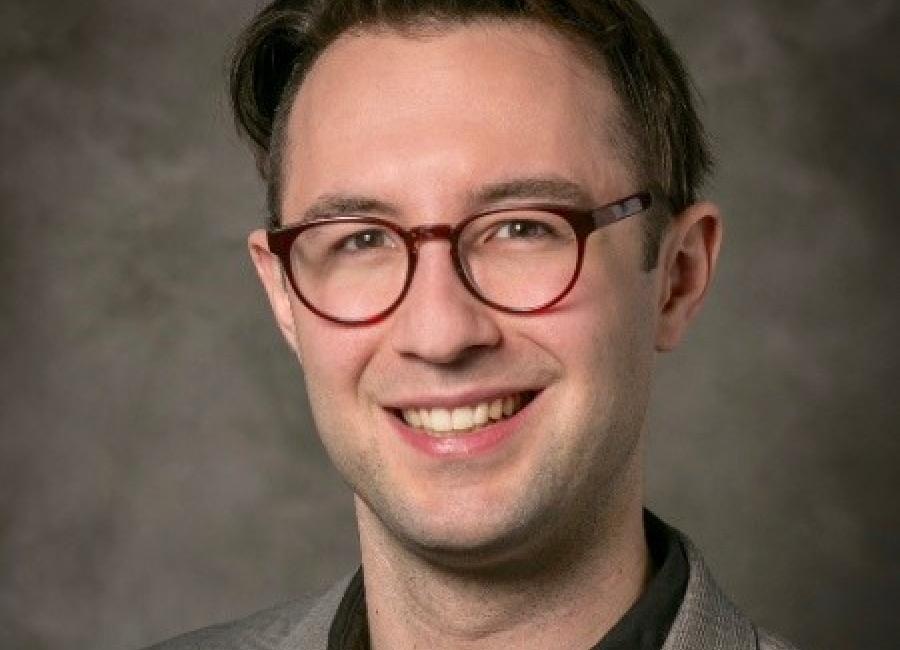
After completing a postdoc in Taiwan, Adam is now the Department of Energy AAAS Science and Technology Policy Fellow Member-at-Large on the Executive Committee of the APS Forum for Early Career Scientists (FECS), working with the Department of Energy. He has just published his first single-author paper on the Ising Model. You can learn more about this computational modeling project at his blog.
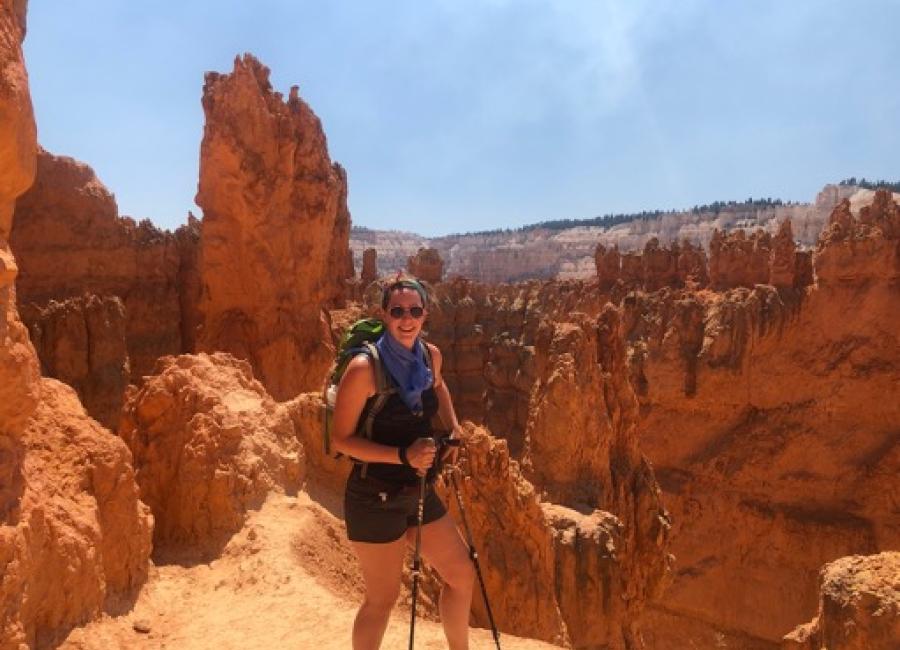
Rachel obtained her Masters of Arts in Teaching Adolescent Science Education at Ithaca College as a Noyce Scholar. Prior to that, she earned a B.S. from Ithaca with majors in Environmental Science and Physics. Currently, Rachel teaches Physics and Earth Sciences at South Seneca High School in Ovid, New York. While teaching, she finished a second Bachelor's degree from University of Florida in Geology.
Rachel now lives in Trumansburg and is happy to recommend careers in teaching and education!

After IC, Jeff started completed his Master's degree in Materials Science and Engineering at Worcester Polytechnic Institute, where he wrote code for feature extraction from scanning electron microscopic views of nanoceramics and for computational materials science models. Jeff is now a Senior Full Stack Developer for Prudential Financial where he helps develop websites, such as a page for 401K management. Jeff also maintains his musical side playing oboe as a member of the Bay State Winds chamber ensemble.
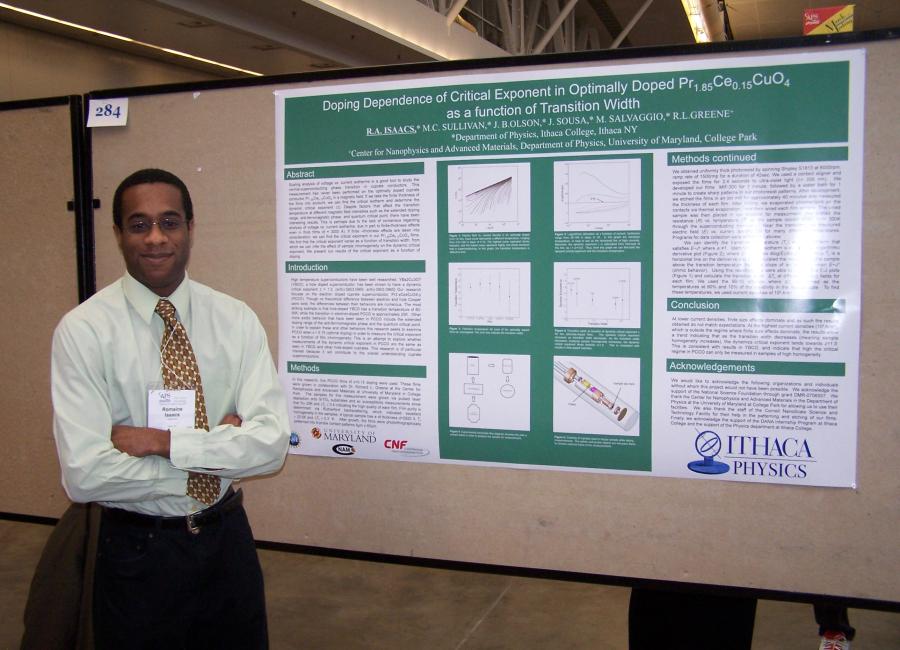
From classrooms to boardrooms and research labs, our alumni continue to make meaningful contributions around the world. See what alumni from decades ago are doing now.